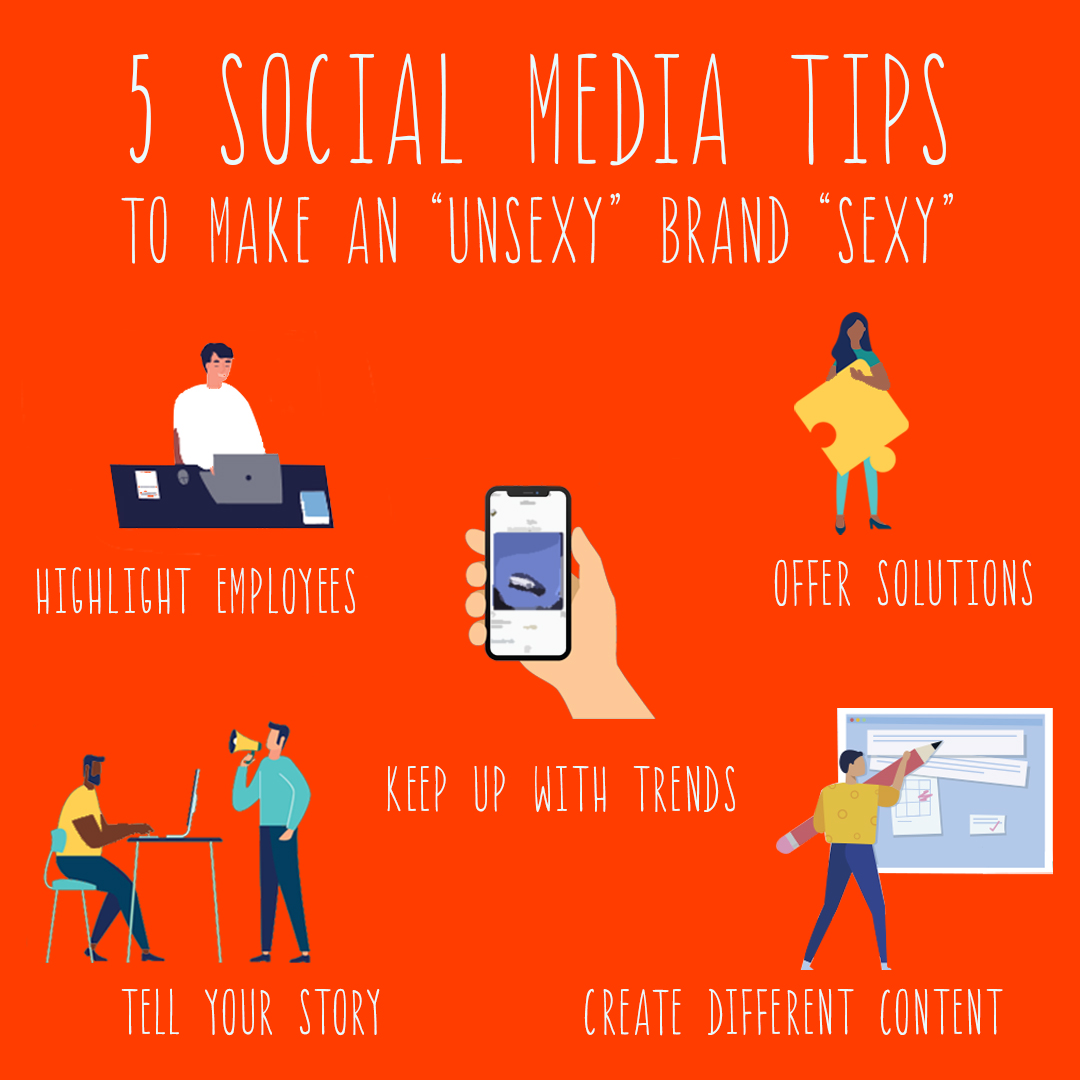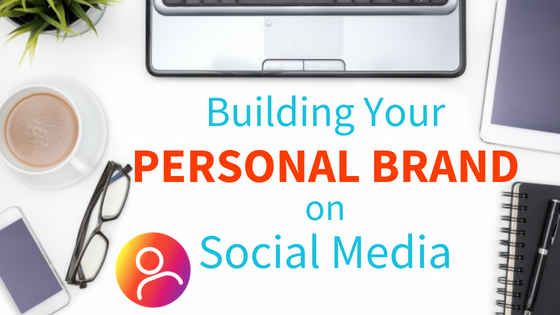Dear Metter,
I spend hours a day scrolling Instagram, following influencers, puppies, and photographers. All I ever hear from my friends and family is that my business needs an Instagram account. Is that true?
— Instagram skeptic
I spend hours a day scrolling Instagram, following influencers, puppies, and photographers. All I ever hear from my friends and family is that my business needs an Instagram account. Is that true?
— Instagram skeptic

There’s a reason it’s called social media — it’s all about sparking conversation with your audience. If you notice you’re posting quick updates on the social media pages for your insurance company and getting zero response, you’re doing it wrong.
Why does your hotel, inn, or resort need to be on social media? In this webinar we presented to members of the New England Inns & Resorts Association, co-owners Lauren Metter and Lyssa Goldberg discuss how property owners and managers can leverage social media to engage current guests, attract new guests, utilize influencers and social media advertising, and more.

For any business, social media can be a crucial tool to help build brand awareness and earn customers. That being said, creating captivating content that helps engage an audience can be a challenge for many industries, especially ones that are highly regulated such as insurance, finance, and healthcare, to name a few. Luckily, there are still a few ways to create “sexy” and on-trend content even for the most “unsexy” of businesses. Here are five tips to help add a little flair to your feed:

Social media has completely taken the world by storm, providing a bridge of communication and connection between individuals, companies, even countries. While social media can be toxic, we love its positive qualities and interconnectivity — and can’t tell you to go cold turkey. We’ve made changes to these platforms along the way and platforms have rolled out new features, like Facebook’s Crisis Response, allowing users to mark themselves as ‘safe’ in case of a crisis.
While there are body-positive posts all over Instagram, and messages of being kind and paying it forward, social media can still be damaging to your mental health. Sometimes we forget to check in with ourselves, ignoring the small yet dire effects social media places upon us. As a college student interning for a social media management company, I’m exposed to A LOT of social media, thus inspiring this piece, as I try both old and new tips to focus on my mental health despite having the world at my fingertips. Continue reading

Now, more than ever, having a personal brand on social media is crucial for several reasons. Future employers look for a strong personal brand in their future employees, and people use their personal brands to become an influencer in their fields of interest. Of course, you already have your own personal brand outside of social media, but what social media does is create a visual element that acts as a public portfolio for people to follow. However, building your personal brand isn’t just hopping on social media and posting whatever. Precise thinking and strategic planning go into creating your personal brand. Here are five tips to consider when building your brand on social media:

We feel you: social media — our usual happy place — has been heavy lately, to say the least. While still an exciting medium to share ideas, make connections and post the latest Rupaul’s Drag Race reaction gifs — the trending news, trolls, and echo chambers have become… let’s just say a lot.
Metter Media has pledged to do more to make a positive impact and create a future we believe in, but even we need a break sometimes from the endless deluge of unhappy notifications that get thrown at us each day.
We’re not going to sit here and tell you to log off completely from the networks that we hold so dearly, but we are going to offer some actionable respite for when it feels like it’s way too much to deal.
So that brings us to this blog post full of things that can help you get through it all. From our Social Media Cooldown Spotify playlist to our favorite apps to help us obtain a much-needed level of zen, this blog post – much like Twitter and Facebook nowadays – has plenty of helpful tools. The internet likes to use the term ‘safe space’ as a pejorative, but when the world seems to turn upside down, you need to grab a hold of something. Grab hold of this.

The lightning pace of the digital world has made it increasingly difficult for us to hold concentration. In fact, a study recently released by Microsoft Corp. reveals that the attention span of the average human has fallen to about eight seconds — yikes, less than the common goldfish!
In this same study, which surveyed 2,000 people and tracked the brain activity of 112 others, 77% of mobile users aged 18 to 24 agreed with the notion, “When nothing is occupying my attention, the first thing I do is reach for my phone.”
It’s true the mobile age has brought with it shorter attention spans, but along with these statistics comes a new opportunity for brands to develop short, impactful content that makes a lasting impression on consumers.
So how do we use this short time span effectively? Here are five examples of excellent eight-second content:

Your website serves as a virtual home for your business, and contact information, menus, and social links serve as its foundation. These are all necessary details for any restaurant website you build.
Think about your site as your home: there are really only a few rooms that give you the chance to express yourself. There are a few luxuries you can add to this home, such as online ordering, gift cards, and a restaurant-loyalty program, all of which enhance the website experience; however, you only have few pages to really make your website stand out, reveal the culture of your restaurant, and feature exciting happenings.
You may need to renovate and build a new addition, and in comes your new blog.
There aren’t many restaurants venturing into this space. Managing a restaurant blog is a time commitment; it requires a creative mind, and it means you’ll have to constantly update your website. However, the positives outweigh the negatives. Even if you’re only blogging once a month, that one post is building your brand, speaking directly to your customers, and keeping your restaurant on guests’ minds.
Many restaurant owners don’t know how to get started with blogging. To help inspire you on this new venture, check out these examples of restaurants who blog with finesse. (Click on the images to enlarge.)

It’s no secret that people gravitate towards emotional words. Whether it’s a sentence that makes us feel wonderful or a couple of simple words that invoke sadness, emotional language is universally intriguing. That sense of curiosity can easily be a motor that moves a reader’s hand to their mouse to perform that ever-sought-after “share.”
In his blog post last month, Barry Feldman, a content marketing consultant and social media advisor, discussed the idea of writing emotionally charged headlines as sort of a science. Turns out, the emotionality of certain words and phrases is measurable in a quantitative way.